Last summer I watched an exhausted-looking Chestnut-backed Chickadee valiantly feed a demanding Brown-headed Cowbird chick about four times its size. Here’s the cowbird, waiting (impatiently) while the harrowed chickadee gathers food to bring back to him.
The year before I’d watched a female Song Sparrow in our back yard feeding a “baby” much bigger than herself.
This behaviour, called ‘brood parasitism’, is practiced by about ten bird species around the world, including the Brown-headed Cowbird and the Cuckoo.
Brood parasites lay their eggs in the nests of other birds rather than make their own nests and raise their own young. Typically, a cowbird locates a nest during its construction phase and waits until the host lays an egg or two. Then, when the host bird has left the nest for a while, the cowbird removes (and occasionally eats) one of the eggs – but only if there are two or more. If there’s only one egg in the host nest, the cowbird might not remove it for fear the host bird will abandon the nest. In a retribution scenario that scientists call the ‘Mafia hypothesis’, if the host bird recognizes and removes the cowbird egg, there’s a chance the cowbird will return and kill all the host’s eggs. How’s that for intimidation?
When circumstances are right, the cowbird usually lays one egg in the host’s nest. When that egg hatches, the nestling is generally much larger and grows much faster than the host’s young. It ends up with more than its fair share of the food because of its loud and persistent calling. The host bird’s young often die from malnourishment.
The Brown-headed Cowbird is known to have successfully parasitized 144 of 220 bird species. But not all bird species are cooperative hosts. Some reject and destroy cowbird eggs. Others accept the egg but never successfully rear cowbird chicks. As a result, only about 3% of cowbird eggs are successfully hatched and raised. In spite of this, the Brown-headed Cowbird continues to expand its range and population numbers. Curious about that seeming paradox, I went digging.
It turns out that the breeding behavior and physiology of the species is unique. Basically, the Brown-headed Cowbird is almost always fertile and busy engaging in ‘breeding behaviour’. The female has a long reproductive period with a short interval between clutches. In fact, she is the only wild passerine (perching songbird) whose breeding organs don’t change much after laying eggs. Because of the unclear physiological demarcation between clutches, ornithologists sometimes refer to female cowbirds as passerine chickens. Each female’s laying cycle appears adapted to take advantage of a continuous supply of host nests for a two-month period. An average female cowbird lays about 80 eggs, 40 per year for two years, and about 3% of those 80 eggs end up as adults. Such high productivity more than compensates for the excessive loss of eggs and young in the nests of inappropriate hosts. Each pair of cowbirds replaces itself with an average of 1.2 pairs which will double a cowbird population in eight years. It doesn’t hurt that Brown-headed Cowbirds are remarkably flexible when it comes to mating. Let’s just say they’re not fussy who they make babies with.
What’s going on here? Did the maker of all things have a bad day? Is this a glitch in an otherwise remarkable natural system? Probably not. It turns out that a century ago the Brown-headed Cowbird, sometimes called a Buffalo Bird, was confined to the open grasslands of middle North America, where it ate weed seeds and followed herds of buffalo, eating the insects stirred up by their feet. In return, the buffalo allowed the cowbirds to sit and rest on their backs, eating the bugs and insects that were attracted to the buffalo. It was a win-win.
Today, of course, most of the tall grasslands of central North America have been turned into farms, and we are unlikely to see herds of buffalo roaming around. The Brown-headed Cowbird is found all over the continent now, parasitizing more and more birds, and threatening the continuation of certain species in “an evolutionary arms race between parasite and host.” (Wikipedia) But don’t blame the cowbird! It didn’t kill the buffalo or raze the grasslands to make way for agribusiness – human beings did that.



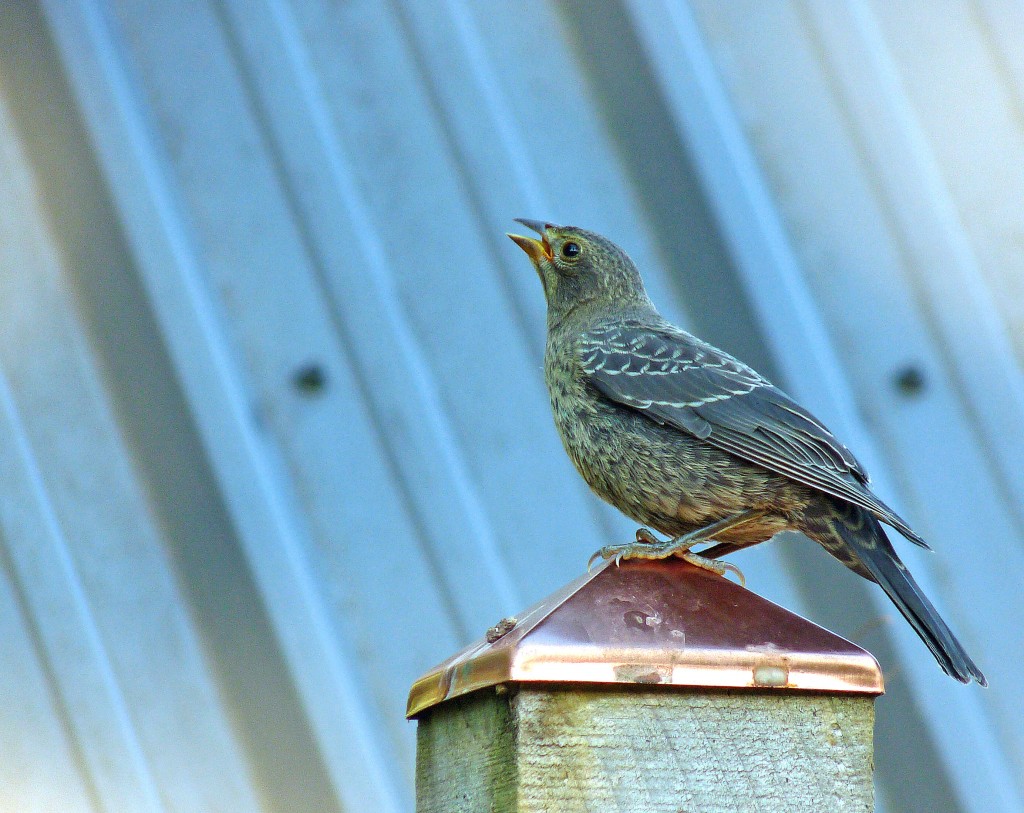
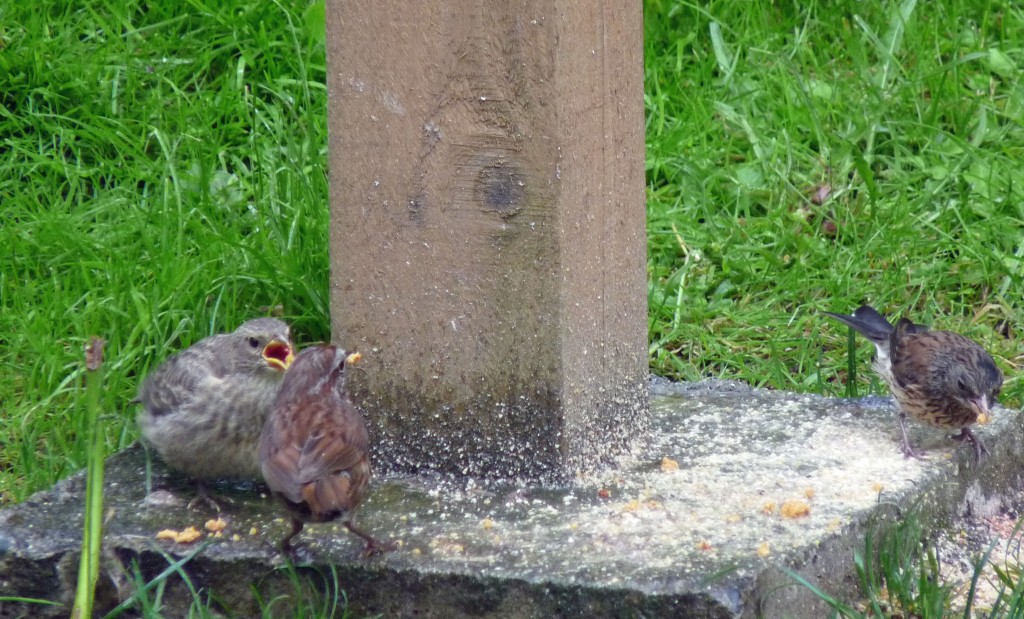
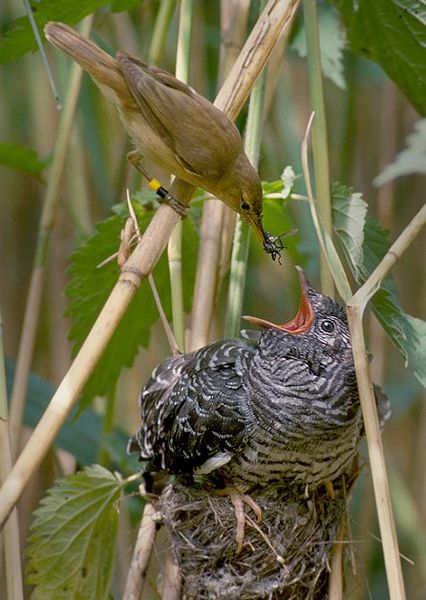
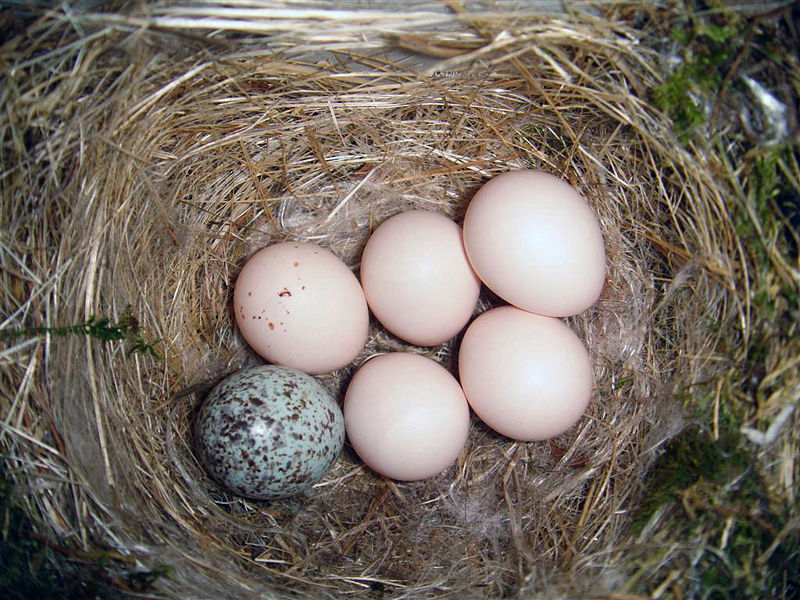
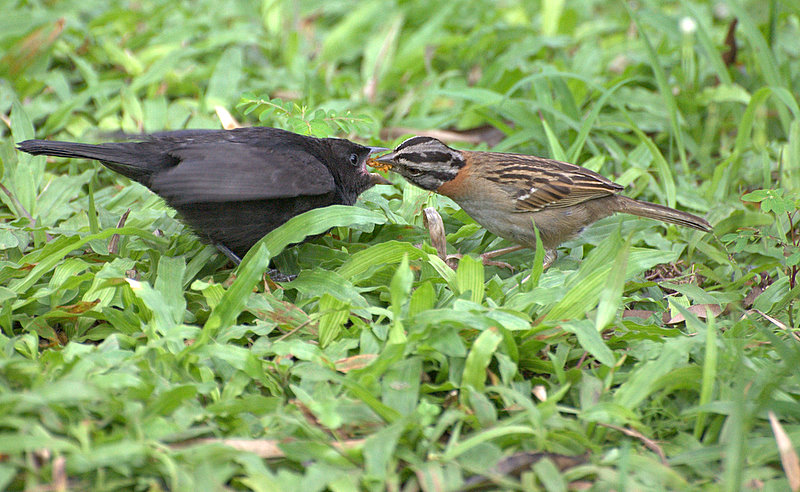
Pingback: This Week in Birding 70 by Charlotte Wasylik | Nemesis Bird
Pingback: Birding News #70 | Prairie Birder